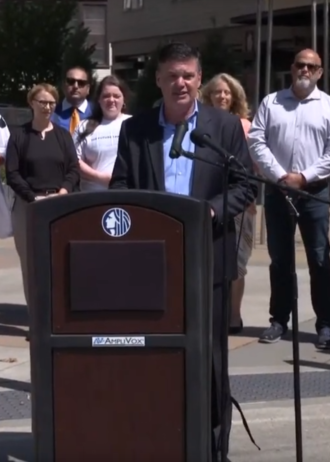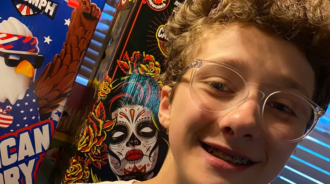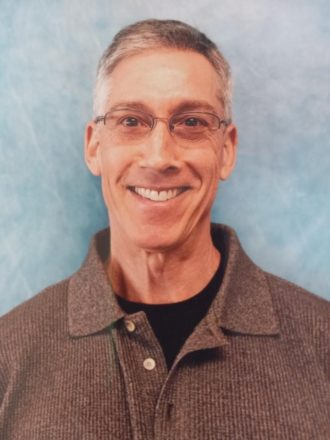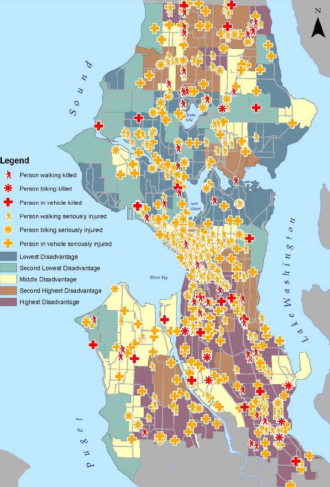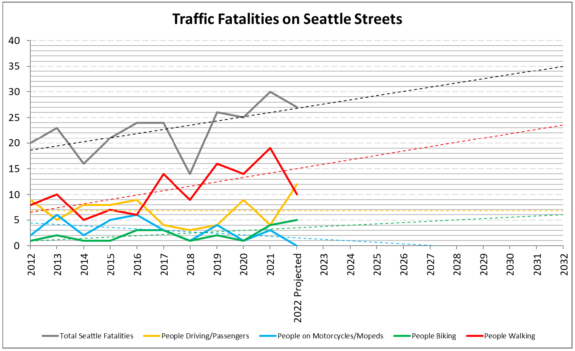The UW Press faculty committee has unanimously approved Pedaling Uphill In The Rain for publication. If all goes according to plan, it should be available in spring or summer of 2023.
Big thank you to everyone who has supported my work during the past couple years. I think the book is really good, filled with forgotten stories that might shift your perspective a bit on the role biking has played in the development of Seattle. I can’t wait for you all to get the chance to read it.
Thanks also to all of you who continue to read Seattle Bike Blog even though posting has been slower than usual. Writing a book is a lot of work, it turns out. The longer it gets, the more unwieldy it gets, and seemingly small tasks can easily take hours just because there’s so much material to work through. So when days go by without posts here, it’s probably because I’m working somewhere deep within the manuscript.
I have learned a lot about how my writing mind works through this process. People might think that writing is the act of sitting down at a keyboard and typing out letters, but that’s not true at all. Much of my writing happens in my head as I bike around town or while I’m reading source material. During that time, I am constantly thinking about the significance of information and stories and how they connect together. By the time I am sitting at the keyboard, I already have most of what I’m going to write figured out. Due to this, I have found it more difficult than expected to split my daily writing time between the book and the blog. It’s not as simple as minimizing the book document and opening the new post page because the bulk of the work behind writing doesn’t happen while I’m sitting at the keyboard. To get out a quality post, I needed to be thinking about it on my bike ride to pick up the kid or while drinking my morning coffee. I was able to balance the two some days, but on days where I was really focused on the book, I had to let the blog go quiet. So for anyone who has been wondering why the blog’s been a quiet, now you know.
The manuscript is with the publisher now. I’m not completely finished with it yet, though. It will go through copy editing, which will surely require more work. I also still have a lot of work to do organizing images and figures as well as a long list of miscellaneous tasks. But I can see the finish line, which feels great after nearly three years of work.
Stay tuned for more book news, and take care.

